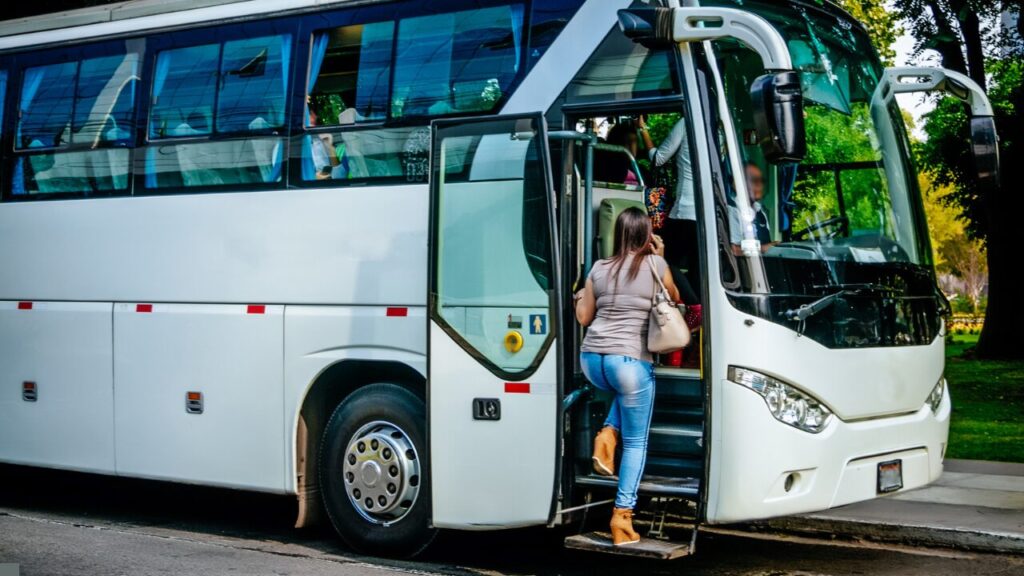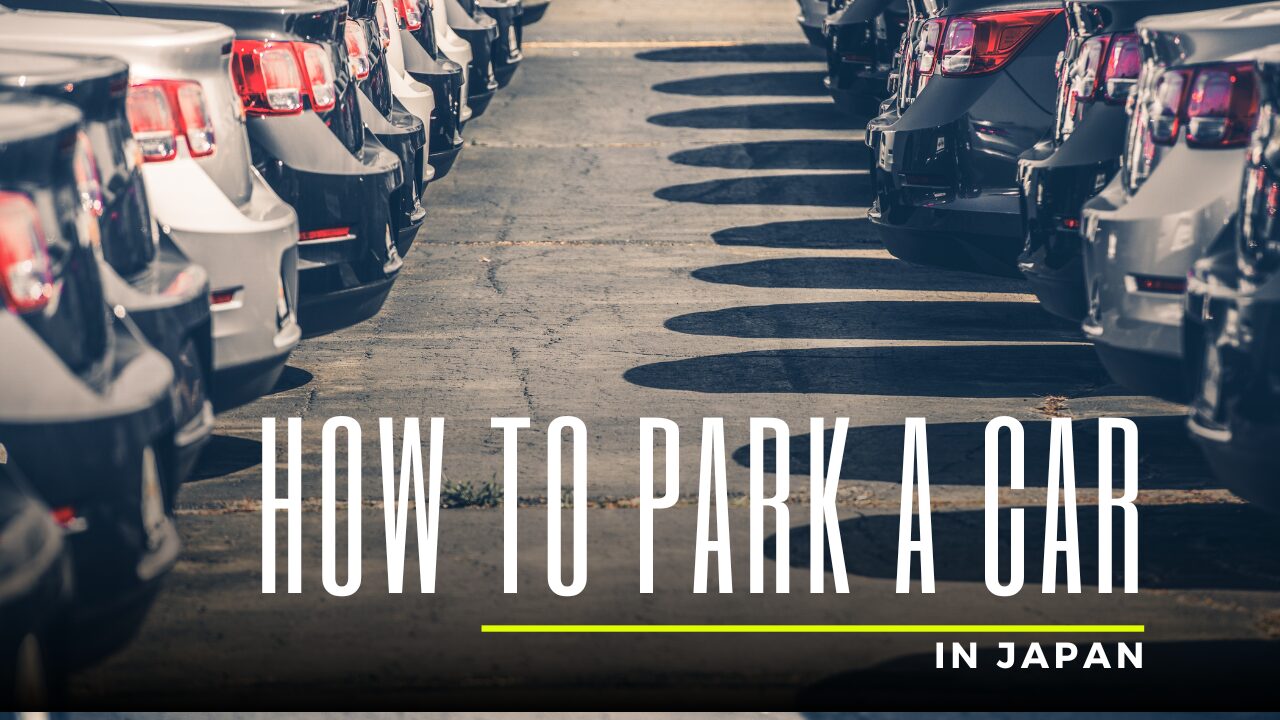
The Lake Kawaguchi and Mount Fuji area is a popular destination for tourists from around the world. Known for its breathtaking scenery, it also offers a variety of activities, including leisure spots, gourmet dining, and hot springs. In the summer, it’s especially lively with people coming to climb Mount Fuji.
If you’re planning to explore the Lake Kawaguchi and Mount Fuji area by car or rental car, knowing about parking is essential.

Is there parking available if I rent a car in Tokyo and drive around the Mount Fuji area?
Where should I park if I’m climbing Mount Fuji?

I want to enjoy the beautiful views of Mount Fuji around Lake Kawaguchi without climbing the mountain!
Is it possible to drive to the Fifth Station of Mount Fuji year-round? Are there any traffic restrictions?
In this article, we’ll introduce parking options, road restrictions, and popular climbing routes around Mount Fuji and Lake Kawaguchi. If you’re a foreign tourist visiting Japan, please use this as a guide!
Parking near 5th Station Mount Fuji
Among the four main routes to climb Mount Fuji, the Yoshida Route, which starts from the Yamanashi Prefecture side, is by far the most popular. Many first-time foreign climbers of Mount Fuji choose this “Yoshida Route.” It is possible to drive up to the trailhead (the Fifth Station) by car. However, during the high season, private car access is restricted to alleviate traffic. During this period, drivers must park in the nearest parking lot and transfer to a shuttle bus. Details on parking locations during the restricted season are provided below.

The Yoshida Route is a trail on the northern slope of Mount Fuji, starting from Yamanashi Prefecture. From the base area in Fujikawaguchiko Town, the Fuji Subaru Line takes climbers to the trailhead at the Fifth Station. The Fuji Subaru Line is not connected to highways, so it can only be accessed via regular local roads.
Fuji Subaru Line
Toll: 2,100 yen
Nearest Highway Exits
・From Tokyo or Kofu (Yamanashi Prefecture) side:
Take the Chuo Expressway to Otsuki Junction, then the Fujiyoshida Line to Kawaguchiko Interchange.
・From Kanagawa or Nagoya side:
Take the Shin-Tomei or Tomei Expressway to Gotemba Interchange, then local roads to reach the Higashi-Fuji-Goko Road, and take the Fujiyoshida Interchange.
For navigation, input “5617 Kamiyoshida, Fujiyoshida City, Yamanashi Prefecture, 403-0005.” You can follow the Fuji Subaru Line to reach the parking area at the Fifth Station of Mount Fuji. Parking is free of charge.
During Private Car Restriction Periods
During the restriction period, private cars are not permitted to drive up to the Fifth Station. Visitors should park at the designated Fuji-san Parking lot and transfer to a shuttle bus (fee required) or take a taxi to reach the Fifth Station.

Fuji-san Parking
- TEL: 0555-72-9900
- Address: 5597-84 Kenmaruo, Kamiyoshida, Fujiyoshida City, Yamanashi Prefecture, 403-0005
Restriction period: Varies each year
Business Hours: Open 24 hours
Price: 1,000 yen per car per entry (including motorcycles over 125cc)
Other: The shuttle bus fee is not included in the above price.
Shuttle Bus between Fuji-san Parking (Fujihokuroku Parking Lot) and the Fifth Station (Fuji Subaru Line Fifth Station)
Bus Fare: Round trip, 2,500 yen per adult
Fuji Subaru Line (from the tollgate to the Fuji Subaru Line Fifth Station)
Restriction Period
For the latest information, please check here.
参照:Official web site for Mt.Fuji Climbing
However, electric vehicles (EVs) are exempt from the private car restriction and do not need to transfer to the shuttle bus. EV and FCV (fuel cell vehicle) owners can receive a “Electric Vehicle Verification Pass.” Please bring your vehicle registration and visit Fuji-san Parking to obtain this pass. Before the restriction period begins, it can be issued at the Tourist Information Center from 9:00 a.m. to 5:00 p.m. During the restriction period, it is available 24 hours at the parking lot toll booth.

Enjoying Mount Fuji from Lake Kawaguchi

Lake Kawaguchi is one of the “Fuji Five Lakes,” a scenic area designated as a National Place of Scenic Beauty. Easily accessible from Tokyo via the Chuo Expressway, it is also served by highway bus terminals and the Fujikyuko Line’s terminal station, making it a popular and convenient resort destination. Several sightseeing buses operate from Kawaguchi Station, allowing visitors to explore not only Lake Kawaguchi but also Lake Motosu, Lake Shoji, Lake Sai, and Lake Yamanaka, making it an excellent hub for sightseeing around the Fuji Five Lakes.
Most facilities and tourist spots around Lake Kawaguchi offer parking, generally free of charge. It’s about a two-hour drive from Tokyo via the expressway, allowing you to enjoy the beautiful views as Mount Fuji gradually gets closer. Lake Kawaguchi is bustling with tourists during peak seasons, and all public transportation options—trains, buses, and taxis—tend to be crowded. If you have a valid driver’s license in Japan, renting a car is highly recommended.
3 Stunning Spots to View Mount Fuji around Lake Kawaguchi
Oishi Park

A classic spot for photographing Mount Fuji, Oishi Park is famous for its lavender, which blooms from late June to mid-July. It is also the main venue for the annual Lake Kawaguchi Herb Festival.
Address: 2585 Oishi, Fujikawaguchiko-machi, Minamitsuru-gun, Yamanashi Prefecture
Parking: Available (Free)
Arakurayama Sengen Park

Located on the slopes of Mount Arakura, this park offers a stunning view of the town of Fujiyoshida with the symmetrical form of Mount Fuji in the background from an observation deck after climbing a 398-step staircase. It is especially popular in spring when visitors can enjoy a quintessentially Japanese view of Mount Fuji framed by cherry blossoms and a five-story pagoda.
Address: 2-4-1 Asama, Fujiyoshida City, Yamanashi Prefecture
Parking: Available (Free; fees may apply during peak season)
Kawaguchi Asama Shrine

Located northeast of Lake Kawaguchi, Kawaguchi Asama Shrine features a quiet, mystical spot known as the “Torii in the Sky,” which can be reached by a 30-minute hike up the mountain behind the shrine. The view of Mount Fuji through the torii gate is awe-inspiring, highlighting the mountain’s majestic presence.
Address:
・Kawaguchi Asama Shrine: 1 Kawaguchi, Fujikawaguchiko-machi, Minamitsuru-gun, Yamanashi Prefecture
・Torii in the Sky: 1119-2 Kawaguchi, Fujikawaguchiko-machi, Minamitsuru-gun, Yamanashi Prefecture
Parking: Available (Free)
Does It Snow at Lake Kawaguchi? Tips for Visiting by Rental Car

Yes, it does snow at Lake Kawaguchi in winter, with snowfall mainly occurring from December through March. The heaviest snowfall typically happens in January and February. If you’re planning a trip to Lake Kawaguchi during this season, be sure to check the weather forecast in advance. If snow is predicted, it’s advisable to bring snow boots and ensure your car is equipped with snow tires.
A key point to note when renting a car is the availability of snow tires. Most rental car companies in the Tokyo area, even in the winter season from December to February, provide cars with standard tires. This is because snowfall is rare around Tokyo, so snow tires are generally unnecessary there. However, if you plan to visit Lake Kawaguchi or the Mount Fuji area, make sure to select the snow tire option when reserving your rental. Keep in mind that if you book last minute, there may be limited availability of cars with snow tires.
ASAHI MOTORS Rent a Car offers a wide selection of vehicles equipped with snow tires as standard during the winter season. They also provide 4WD vehicles for those heading to ski and snowboard areas. Even in Tokyo, roads may become icy in winter, so if you’re driving in Japan during this season, it’s best to choose a vehicle with snow tires.






COMMENT